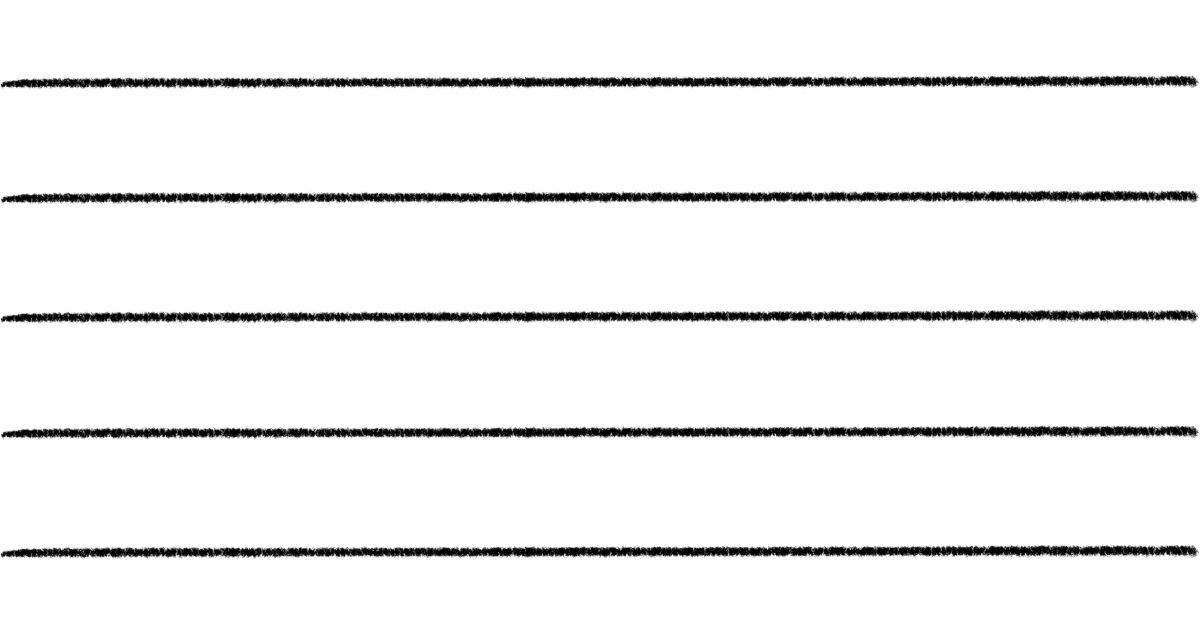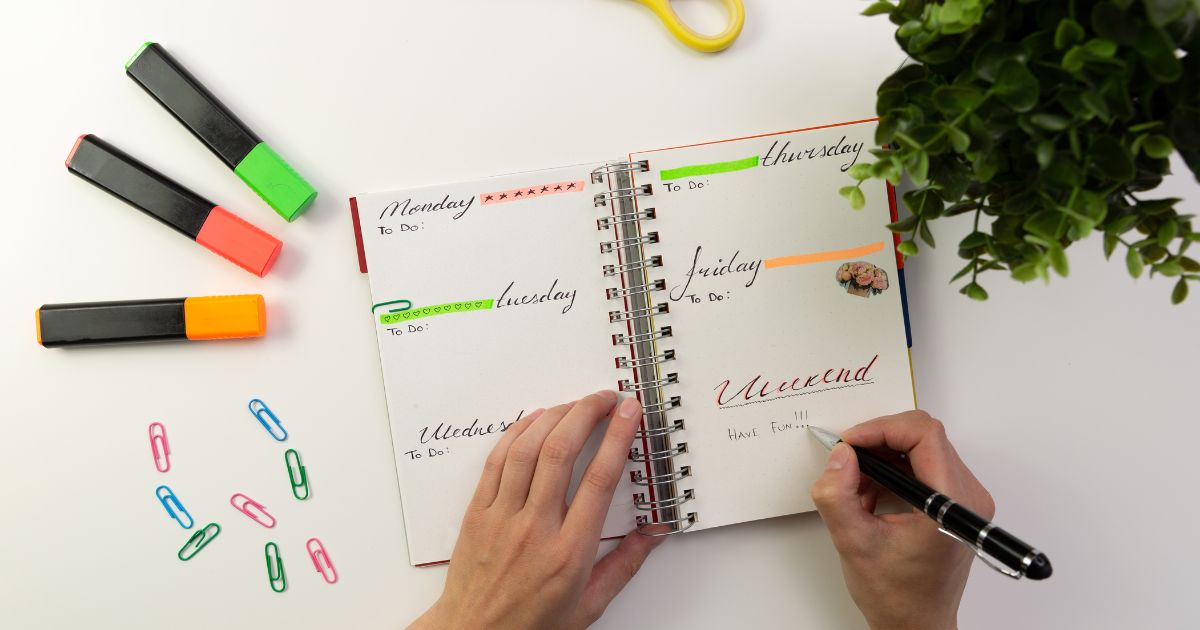In the professional world, strong communication skills are essential—and writing plays a central role. Whether you’re writing emails, reports, proposals, or internal messages, the ability to express ideas clearly, concisely, and professionally can significantly improve your impact at work. The good news is that many of the same techniques used to craft great essays can be applied directly to improve your business communication. In this article, you’ll learn how to use writing techniques to become a more effective communicator in your job.
Why Good Writing Matters at Work
In the workplace, writing is more than a task—it’s a tool for:
- Sharing ideas
- Solving problems
- Leading teams
- Building relationships
- Driving action
Poorly written communication can lead to misunderstandings, delays, and even loss of credibility. Clear writing, on the other hand, builds trust and saves time.
Know Your Audience and Your Purpose
Just like in essay writing, every workplace message should be shaped by who you’re writing to and what you want to achieve.
Before you write, ask:
- Who is my audience? (colleague, manager, client, team?)
- What do they need to know?
- What action or reaction do I want?
This helps you tailor your tone, level of detail, and structure.
Use a Clear Structure (Introduction, Development, Conclusion)
Even short messages benefit from structure. Borrow the essay model: introduce your point, develop it with explanation or details, and conclude with a next step or summary.
Example – Internal Email:
Introduction:
Hi team, I’d like to share an update on the Q3 project timeline.
Development:
Due to resource adjustments, Phase 2 will now begin on July 10 instead of July 3. This allows the design team more time to finalize the wireframes.
Conclusion:
Please adjust your calendars accordingly, and feel free to reach out with any concerns.
This format is logical, respectful, and easy to read.
Be Concise, but Complete
In the workplace, time is valuable. Aim to be brief but informative—just like in a well-written essay where every sentence has a purpose.
Do:
- Get to the point quickly
- Use short paragraphs
- Avoid unnecessary words
Don’t:
- Repeat the same idea in different ways
- Use filler expressions like “as per our previous conversation regarding the aforementioned matter…”
Instead, say:
“Following up on our previous discussion, here’s the updated proposal.”
Use Proper Tone and Language
Professional writing doesn’t need to be stiff—but it should always be respectful and clear. Use essay-writing techniques like choosing words intentionally and avoiding slang or emotional expressions.
Choose tone based on the situation:
- Neutral/informative: for reports and updates
- Friendly/professional: for internal emails and team messages
- Formal/objective: for client communications and proposals
Tone shapes perception—use it to build trust and clarity.
Organize with Headings and Bullet Points (When Appropriate)
Just like subheadings in essays help organize your thoughts, headings and bullet points in workplace writing improve readability.
For example:
Project Summary
- Objective: Improve user onboarding
- Start date: July 1
- Team lead: Ana Martins
People often skim at work—make it easy for them to absorb key information quickly.
Use Transitions for Clarity
In essays, transition words like “however,” “therefore,” and “in addition” help guide the reader. The same applies in business writing—especially in longer reports or multi-part emails.
Examples:
- “That said, we still need to finalize the budget.”
- “In addition to the updates above, here are the key risks to monitor.”
- “As a result, we’re proposing a one-week extension.”
These transitions signal connections and make your logic clear.
Revise Before Sending
Even in fast-paced work environments, it pays to review your writing. Essay revision habits apply here too: read your message before hitting send.
Checklist:
- Is the main point clear?
- Is the tone appropriate?
- Are there any grammar or spelling mistakes?
- Is there unnecessary repetition?
- Have I included the action the reader needs to take?
Clear writing avoids follow-up questions and shows professionalism.
Use Paragraphs Strategically
Just as you would in a well-structured essay, use one idea per paragraph in work emails and reports. Long blocks of text are hard to read and often get ignored.
Break up your content so that it’s:
- Visually organized
- Easier to understand
- More reader-friendly
Final Thought: Professional Writing Is Just Good Writing—With Purpose
You don’t need to be a novelist or a journalist to write well at work. The same principles that make essays successful—clarity, structure, purpose, and tone—can transform your workplace communication. When you write with intention, your messages become more effective, your relationships stronger, and your value as a professional even more visible.










